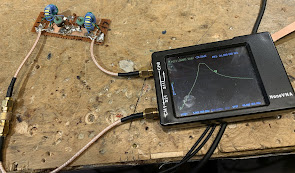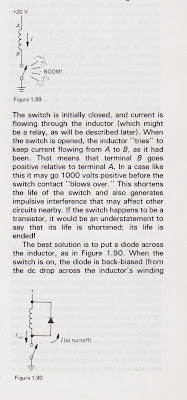I got mine this week, and I've been playing with it. When I spoke to Dean KK4DAS, I asked what he thought the first thing I did with it was. He guessed that I tried out the greatly improved Resolution Bandwidth. Good guess, but not quite: I tried out the "listening" feature on this SA. You will recall that the plain-vanilla, non-Ultra TinySA required a hardware mod to allow for listening. Dean had told me that the Ultra came with a headphone jack. Indeed. I fired it up and was able to listen to 1220 AM and also to the FM broadcast stations in the area. With the FM stations, I'm guessing I was using a form of slope detection (IMSAI guy says it detects AM). I tried to see if I could see/hear stations on the ham bands -- so far, no luck. I'm not sure why, but I will work on this.
The IMSAI guy video (above) does a great job in comparing the TinySA Ultra to a "real" spectrum analyser. I think it compares very well.
One note on where I got mine: I ended up getting it from R&L Electronics, the recommended U.S. dealer for the device. I had tried getting it (cheap) through AliExpress. This didn't really work out. The tracking info from AliExpress showed that the box had made it to my local post office, but I never got it. It may have been that they just didn't take the complete mailing address from PayPal. In any event, I was able to get a refund from PayPal, so no loss here. R&L turned out to be a great source.





































